DEVINE DESIRES BY MARIE MUNK AND STINE DEJA
Welcome to Munchies Art Club's exclusive showcase of 'Divine Desires' at Alba Gallery Schleifmühlgasse, featuring the captivating works of contemporary artists Marie Munk and Stine Deja.
Delve into a world where art transcends boundaries and explores the depths of human longing and spirituality."

Unveiling 'Divine Desires': Stine Deja and Marie Munk's Enigmatic Installation Explored by Kristian Vistrup Madsen at ALBA Gallery
When we speak of ‘enlightenment’ it is with a dead metaphor.
To have an insight is both to see and to know, and in order to see, there must be light.
Stine Deja is a contemporary artist known for her multimedia installations and digital artworks exploring themes related to technology, society, and identity.
She often incorporates elements of virtual reality, 3D animation, and sculpture into her work, creating immersive experiences for viewers.
Deja's art often reflects on the impact of technology on human behavior and perception, blurring the lines between the physical and digital worlds.
She has exhibited her work internationally in galleries and museums, contributing to the discourse on the intersection of art and technology in the modern age.
The enlightenment was the era in which Europeans became obsessed with facts and with what can be seen; a time characterised by technological and scientific progression – progression: another dead metaphor – which, in many ways, we’ve yet to recover from.

Stine Deja On Munchies Art Club Magazine
New lampposts lit up the cities and the people went dancing in the streets.
Light after dark was a secular miracle; a victory over nature.
The world became a face with eyes wide open, unable to fall asleep, unable to dream because the lights are always on - Kristian Vistrup Madsen about the Installation
But amidst this euphoric newness our relation to the things that will not so easily be brought to light withered.
The world became a face with eyes wide open, unable to fall asleep, unable to dream because the lights are always on.

At ALBA, Stine Deja and Marie Munk have installed an enormous person.
Perhaps a kind of deity, an omniscient Big Brother, or an enlarged reflection of ourselves.
The head is reminiscent of the great statues of Buddhism, and the hands that stir restlessly in the windows of God and Adam in Michelangelo’s famous fresco in the Sistine Chapel.
Marie Munk is an interdisciplinary artist exploring the intersection of technology and humanity through sculpture, installation, video, and performance.
Munk crafts alternative realities blending whimsy with unease, commenting on our present and future with equal parts sci-fi and humor.
Her uncanny visual language diagnoses societal issues through our relationship with the body, using silicone to provoke thought on current societal trends.
The soundtrack emphasises the solemn, spiritual, almost melancholy atmosphere, while the blinding clinical clarity that dominates the space recalls both God as we meet him in a Hollywood movie, and life as conjured under a microscope in a laboratory.
In this figure, then, we meet another dead metaphor that refers both to the divine and its absence.

Marie Munk | Website
The exhibition’s title, Divine Desires, further exacerbates this contradiction.
For where the divine can be understood as something static and calm-inducing, desire is the opposite.
The hand pulls at the window like the insomniac scrolls the night away in the glow of their smartphone, and as if the passers-by outside were part of the endless newsfeed.
What insight is this person after? And when will it be enough?
Here, it seems the object itself has been replaced by a void, or that the desire referred to in the title is simply desire for its own sake.

With the development of perspective in the renaissance came the idea of the painting as a window; an opening towards a fictional world, separate from our own.
Where the flat, gothic pictures of the past had been presentations – direct, almost carnal – this technical progression instead produced re-presentations.
What insight is this person after? And when will it be enough?- Quote about the Installation by Kristian Vistrup Madsen
And in that shift, art became full of the stuff of desire: absence, distance.
As one of the great thinkers of the time, Filarete, put it, the new spacious painting can be understood as false, because it shows us ‘something which is not’ – una cosa che non e’.
The screen readily presents itself as the latest iteration of the window metaphor: a luminous, interactive picture that makes it possible for us to observe life.
But even if this new window remains, to a great extent, an engine of desire, it does not any longer represent the distance to the desired object, but the very infrastructure that provides access to it.
It is this logical glitch that Divine Desires confronts us with.
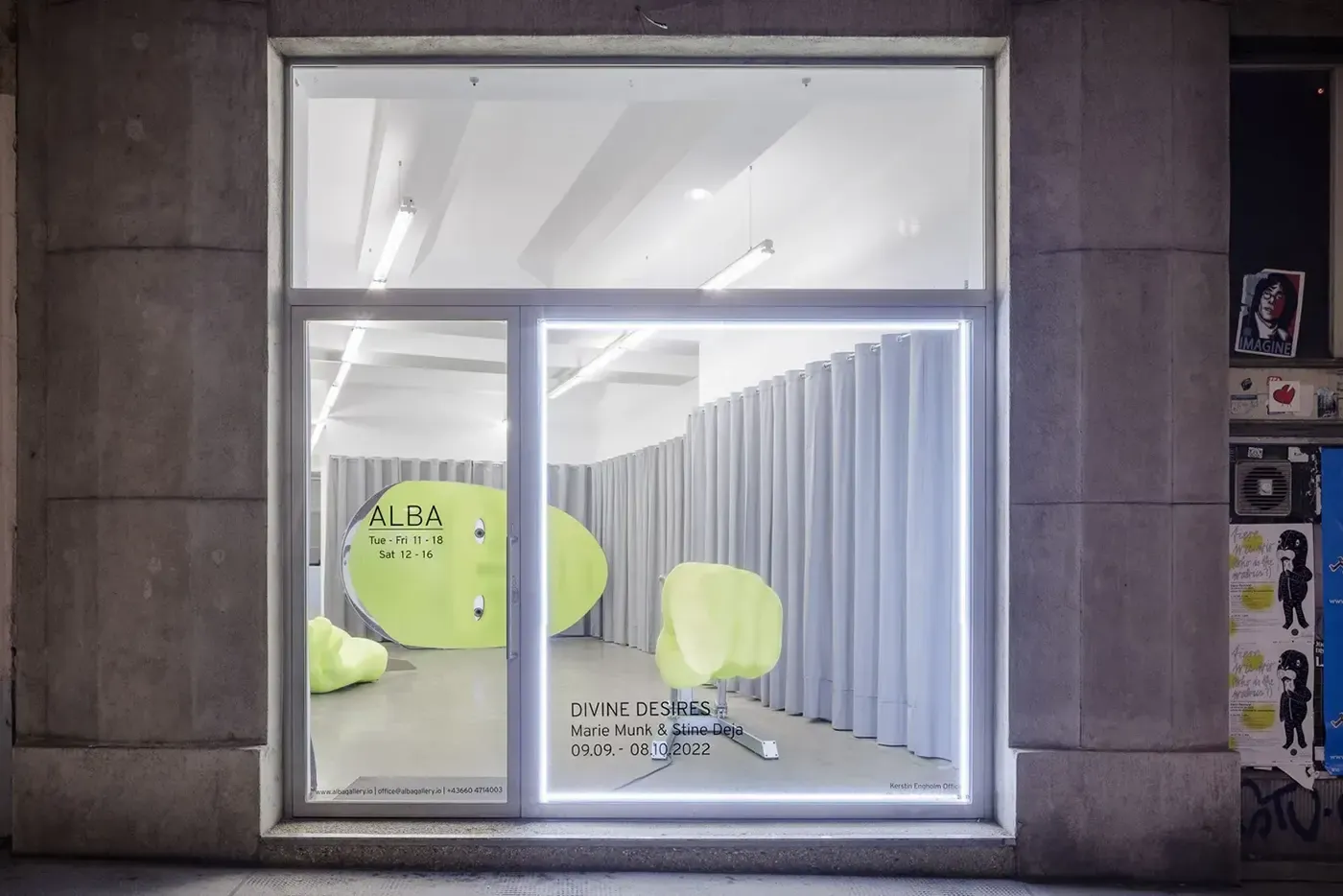
Once we step out of the frame and enter the room on the other side of the window, it becomes apparent that we are in a machine, a factory.
Deja and Munk’s mechanical hand points to the ways in which our collection of information, that is, our relation to enlightenment, is not just a type of consumption, but also very much a form of labour.
Representation and production are one and the same, and what is produced goes by the name of ‘content’. We are stood, as if at a conveyer belt, passive and disinterested, reproducing the world as it rolls by on the other side of a pane of glass.
If, in the first instance, the great figure could be read as some higher power, puppeteering the minuscule pedestrians with its enormous hands, it now looks more like Prometheus, chained inside his cave as punishment for having stolen fire from the Gods.

Fire, enlightenment, the apple from the tree of knowledge – all this brings us back to Adam and Eve and literally the oldest story in the book.
The difference, I suppose, is this new absentminded servility: that the gathering and production of information renders us, precisely, ‘followers’ – not, as the Gods feared in the case of Prometheus, competition for Mount Olympus.
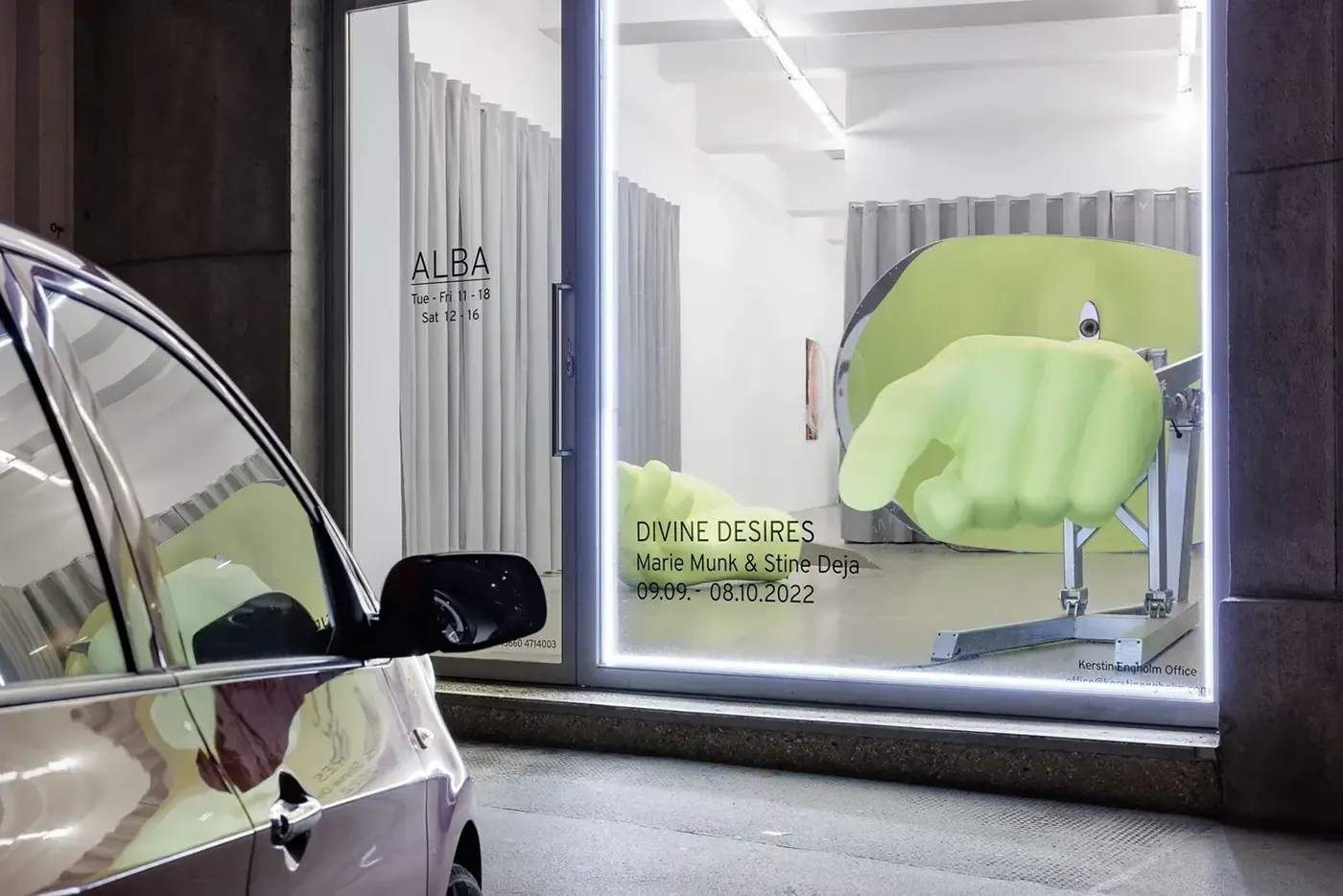
We love our prison and the way that the hand’s almost hypnotically repetitive movements across the screen can make the body disappear and the self disintegrate.
For what our new minion status lacks in thought and action, it gains in desire and pleasure.
Kristian Vistrup Madsen: Writer based in Berlin, known for contributions to ARTFORUM, FRIEZE, TEXTE ZUR KUNST, and KUNSTKRITIKK.
Author of "DOING TIME," a 2021 collection of essays exploring prison correspondence, appropriation, and fictional boundaries.
More about Kristian Vistrup Madsen
Both the pleasure that comes with devotion, and devotion’s proximity to surrender – to let oneself be carried along in the stream is also, on some level, to renounce accountability.
But equally the masochistic kind inherent to the notion of ‘doom scrolling’, and the strong auto-eroticism that characterises our constant and concomitant production and consumption of our own and other people’s narratives.
The window is, in other words, completely perforated.
Everyone is at once inside and outside the factory, on both sides of the screen. But that is not the same as to say that the distance is no longer there, or that desire can continue to produce itself.
In Divine Desires the glass surface is reintroduced as a central element in order to question whether what we see through it is still, as in the time of Filarete una cosa che non e’ – something that is not.
Kristian Vistrup Madsen


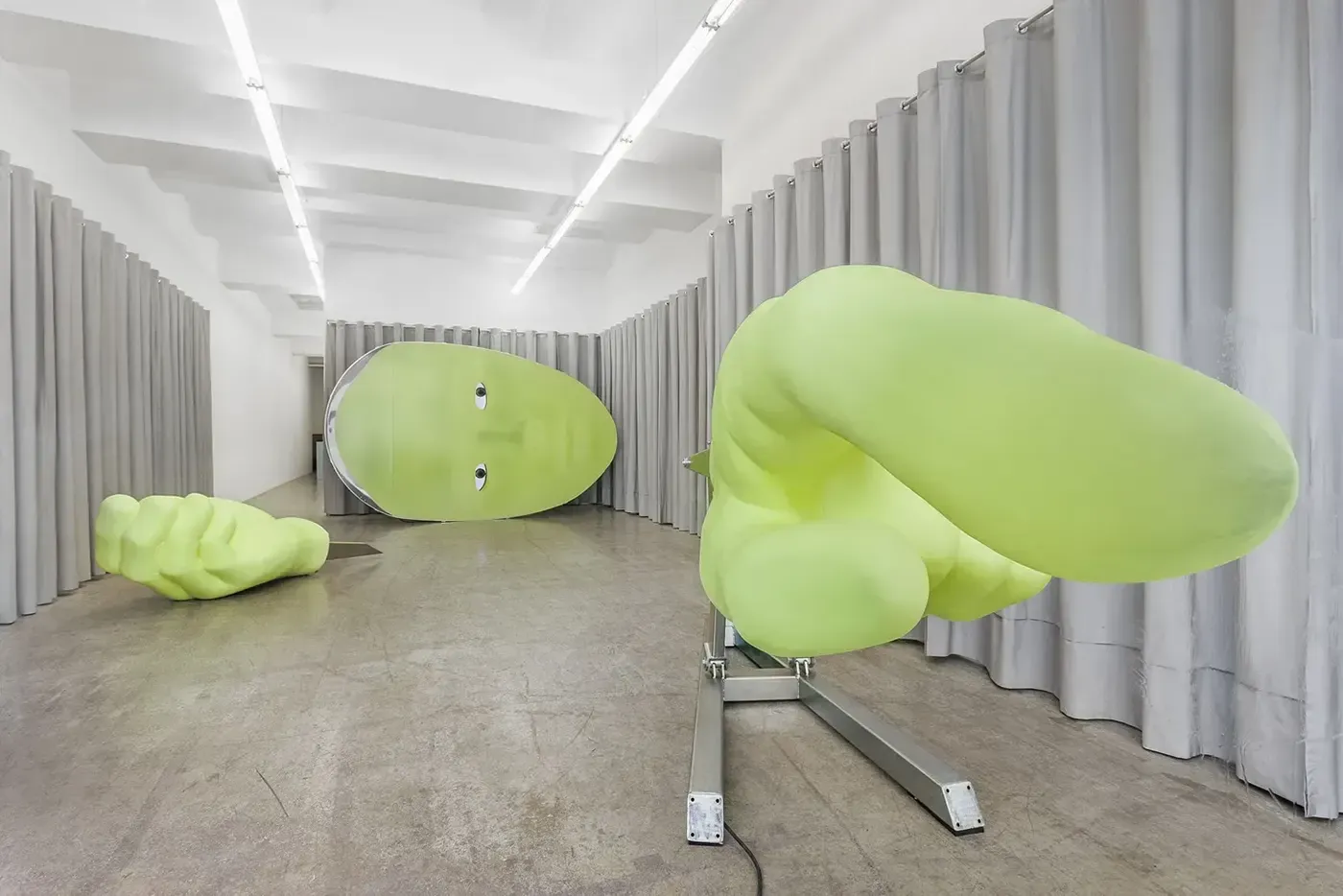

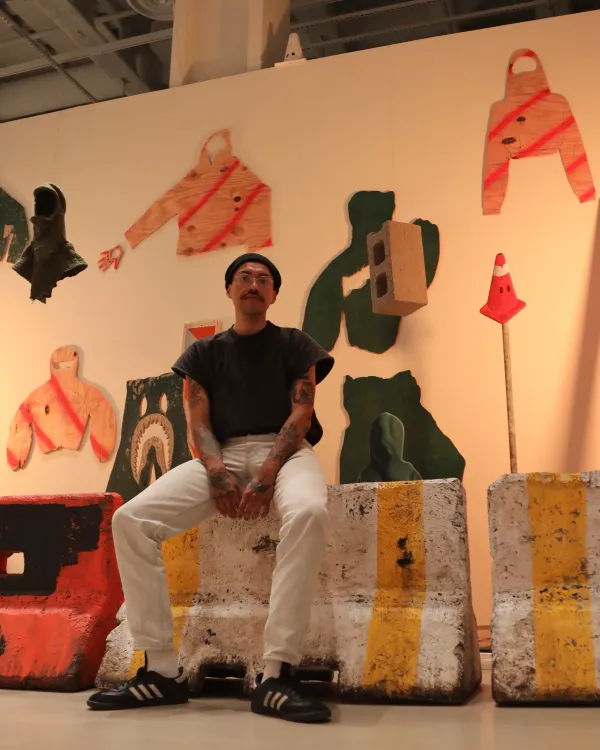
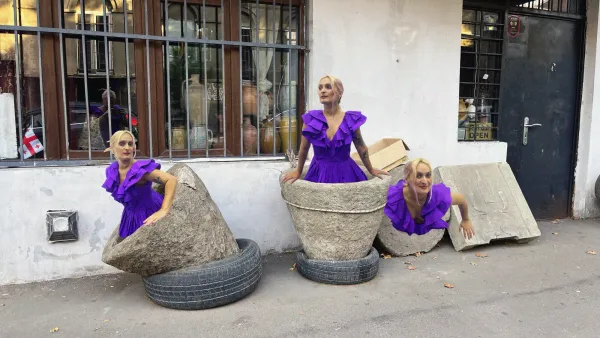
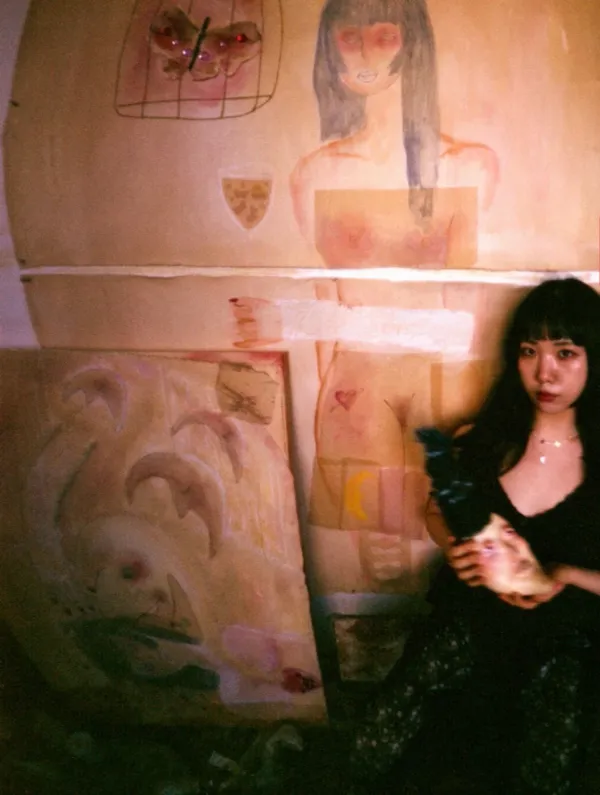
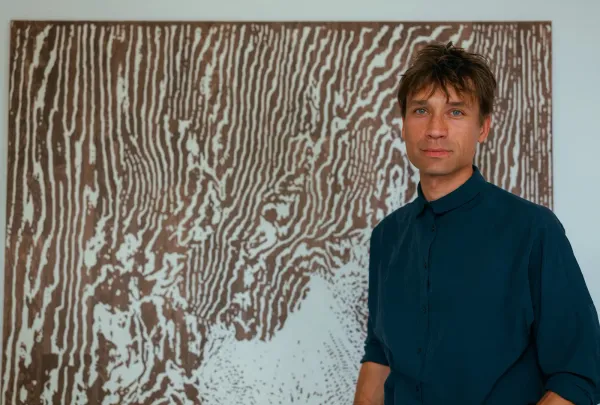
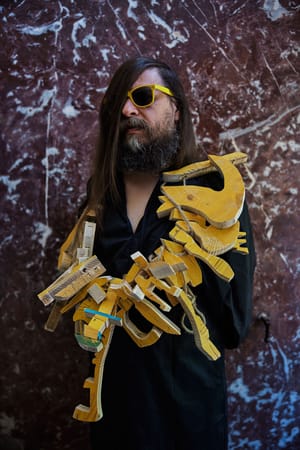
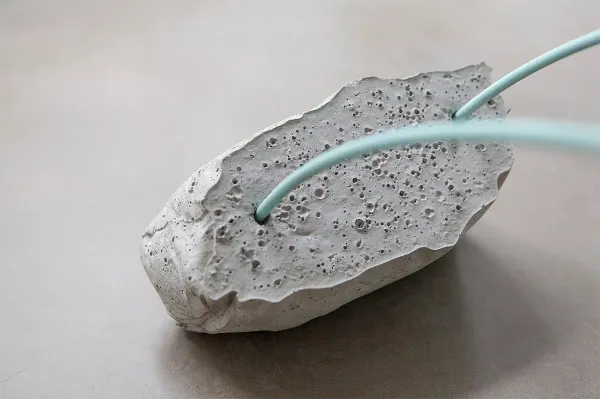
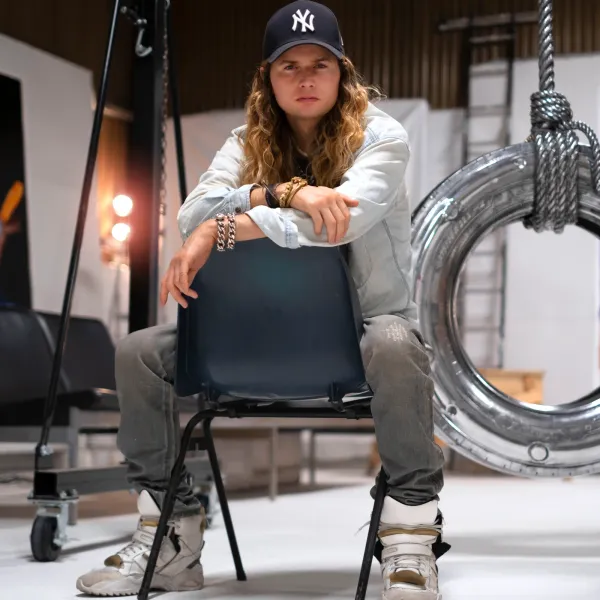
Member discussion